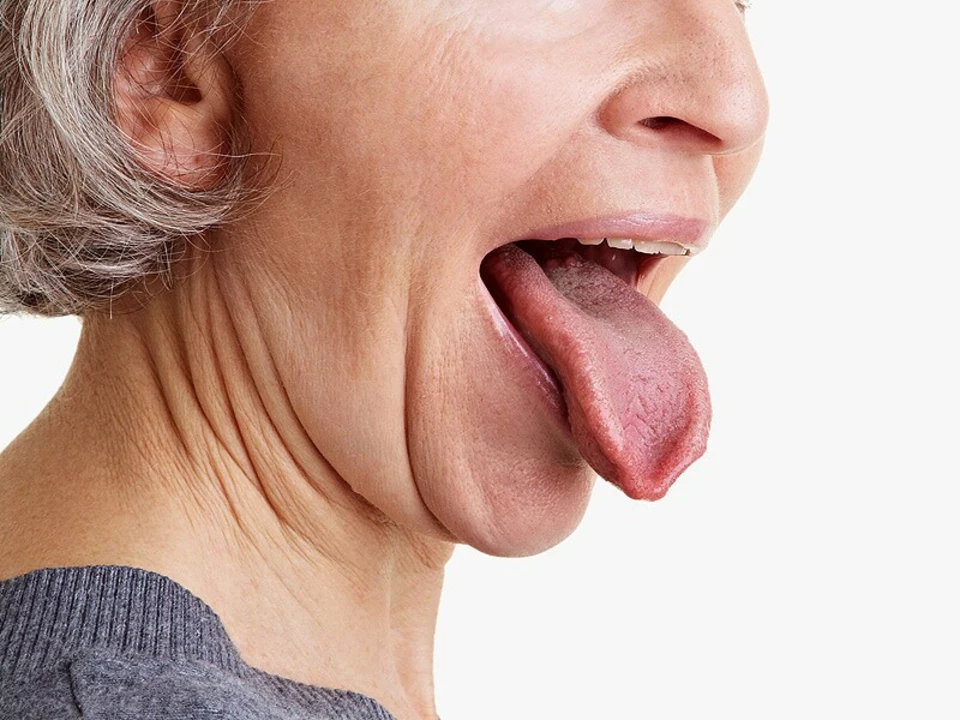As a blogger, I recently delved into understanding the risks associated with Risperidone and Tardive Dyskinesia. Risperidone is an antipsychotic medication that helps manage symptoms of schizophrenia and bipolar disorder. However, it's important to know that it carries the risk of causing Tardive Dyskinesia, a condition characterized by involuntary movements, particularly of the face. While not everyone taking Risperidone will develop this side effect, it's crucial to stay informed and have open communication with your healthcare provider. Maintaining a balance between the benefits of Risperidone and the risks of Tardive Dyskinesia can be challenging, but awareness is the first step to managing your mental health safely.
Tardive Dyskinesia: What It Is and How to Handle It
If you’ve been on antipsychotic meds for a while and notice twitching of your face, tongue or limbs, you might be dealing with tardive dyskinesia (TD). It’s not just a weird side effect – it’s a real movement disorder that can stick around even after the drug is stopped.
TD shows up as repetitive, involuntary movements. You may see lip smacking, chewing motions, or jerky arm swings. Some people feel it in their neck or torso too. The movements can be mild at first but often get worse over months.
What Triggers Tardive Dyskinesia?
The main trigger is long‑term use of dopamine‑blocking drugs, especially older antipsychotics like haloperidol and chlorpromazine. Newer meds (aripiprazole, risperidone) can cause TD too, just less often. Risk goes up if you’re over 55, have diabetes, or a history of brain injury.
Even short bursts of high‑dose medication can set the stage. If you stop the drug abruptly, symptoms may flare, so any changes need medical supervision.
How to Manage & Treat TD
The first step is talking to your doctor about a possible med change. Swapping to a lower‑risk antipsychotic or adding a medication that protects dopamine pathways can help. FDA‑approved drugs like valbenazine (Ingrezza) and deutetrabenazine (Austedo) have shown good results in reducing movements.
Besides meds, lifestyle tweaks matter. Cutting caffeine, getting enough sleep, and staying active can lessen the intensity of twitches. Some people find speech therapy or facial exercises useful for facial TD.
If you’re worried about progression, ask your doctor about regular monitoring. Simple check‑ups using a rating scale (like AIMS) catch changes early before they become hard to control.
Remember, you don’t have to live with TD forever. Early detection and a tailored treatment plan can keep the movements manageable and improve quality of life.

